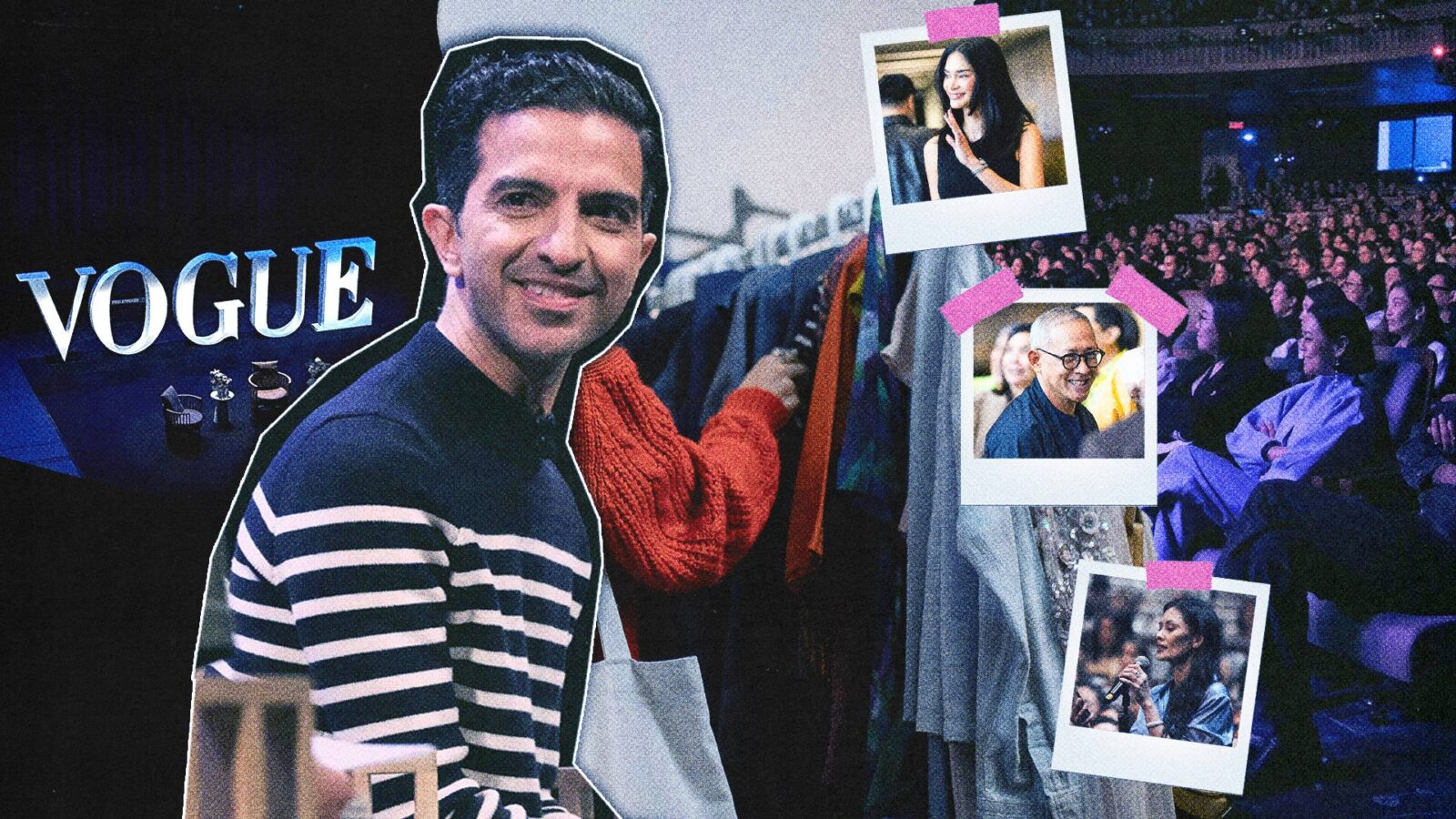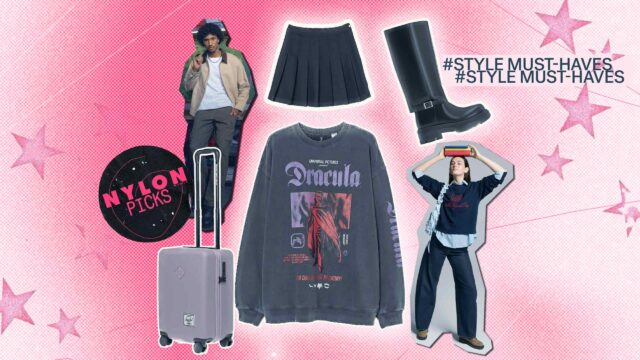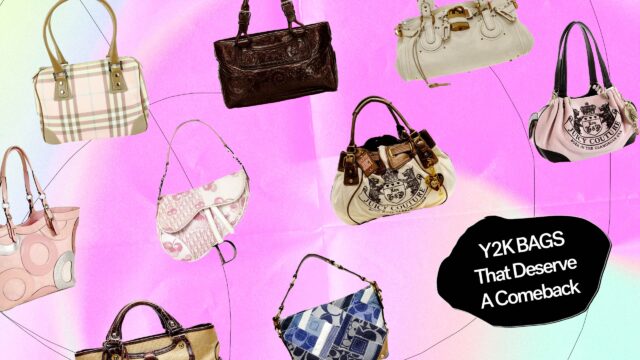What direction is Gen Z taking with fashion in terms of waste, affordability, and sustainability? The Business of Fashion CEO Imran Amed shares his thoughts.
Related: Make The Planet Great Again: Demanding Sustainability in Fashion
Gen Z is often associated with being drivers of change, and one thing people don’t really talk about is how that change can go in different directions—some good, some bad. Such is the case with the youth’s take on fashion, style, and consumption. Though we’re not the only market out there, Gen Z is an undeniable force that’s changing everything from marketing practices to business strategies. Known to be a generation aligned with values of justice, sustainability, and environmental consciousness, Gen Z has influenced shifts and changes in trends, business practices, and more.
“Some of the strongest and most inspiring voices we have in our industry are Gen Z voices,” Imran Amed says. Seeing these shifts and changes firsthand is none other than The Business of Fashion founder, CEO, and editor-in-chief Imran Amed, who turned a little fashion blog into one of the biggest platforms of fashion today. Imrad Amed was a special guest at Vogue Philippines’ 7th Vogue Talks event, sharing his knowledge and expertise with over a thousand attendees.
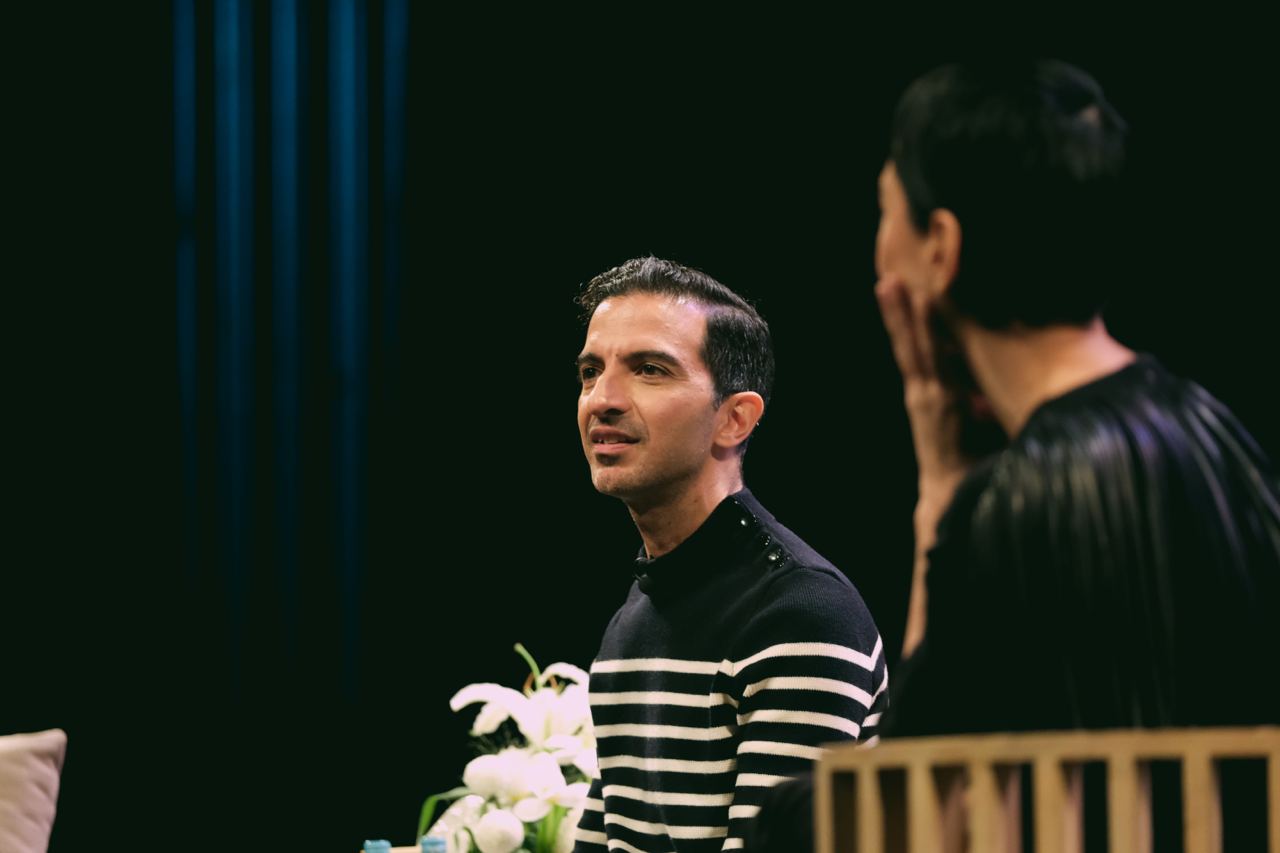
Held at the Samsung Performing Arts Theater at Circuit Makati, Vogue Talks with Imran Amed delved into the founder and CEO’s multicultural background, The Business of Fashion, and the state of fashion as it exists in the context of our modern world and the Philippines. From best practices to artificial intelligence, Taylor Swift to Indian craftsmanship, Imran and Vogue editors delved into different discussions about culture, fashion, personal growth, and business.
SHIFTING CONVERSATIONS

For Imran, the consumers of today, especially after the brunt of the pandemic, are generally more discerning about what they buy and wear. They’re questioning why companies are releasing essentially the same product just with different tags and labels, why so many clothes that no one will actually wear are being mass produced and wasted because of that very reason, why some brands are worth billions and yet those who make the items are often still struggling.
One pertinent concern Imran talked about with NYLON Manila during a group interview was one involving waste, sustainability, and the choices of the youth as a consumer in the ever-changing realm of fashion worldwide.
“What I find so inspiring and so exemplary about Gen Z is…given that it is the generation that’s grown up with the climate crisis, it’s shaped they engage with the world at large. Not just fashion, but everything,” Imran says. “And it’s interesting when I talk to people of that cohort and I see the way they make decisions around the way they purchase fashion.”
Fast fashion has caught intense new heat in recent years, as its impact on not just the environment but also on the lives and livelihoods of garment workers are under scrutiny. It’s growing more popular to choose alternatives to fast fashion like thrifting and championing local artisan work, and not only are these options the more environmentally-conscious ones, but they are also often more affordable.
AFFORDABILITY AND SUSTAINABILITY

As thrifting, secondhand fashion, ukay-ukays, and reselling grow more and more popular, it can be said that these more discerning consumers are walking the talk, aligning their values with their consumption. But you can’t ever say that this is the case all the time.
“There’s an interesting dichotomy that emerges,” Imran shares. “On the one hand, there’s a bunch of kids on Depop buying, thrifting, secondhand, preloved clothes. And they take pride in that. Not just because it’s circular and more sustainable, but also because it’s affordable.”
As the economy worsens and the young generation is rightfully critical of the way the cost of living is skyrocketing, affordability often takes center stage in people’s lives, especially for a generation that’s only starting to earn their own money. “For that group of people,” Imran continues. “It’s a way of engaging with fashion in a way that’s aligned with their values, aligned with their wallets.”
Unfortunately, though, sometimes affordability eclipses everything else—especially in a world that encourages acquiring more and more. Although sustainability is very top-of-mind for many consumers of today, so many people also just want to have clothes, look good, or even cloutchase. What’s the cheapest way to get there?
In this case, sustainability doesn’t just involve the environmental impact of clothing and garments as waste—the very conditions under which a product is produced are important to consider. “On the other hand, when you see the emergence of SHEIN and TEMU and these ultra-fast fashion companies—affordability is there, but who makes those clothes? Under what conditions? With what materials? And with what impact on the environment?”
THE COMPLEXITIES OF GEN Z CONSUMERS
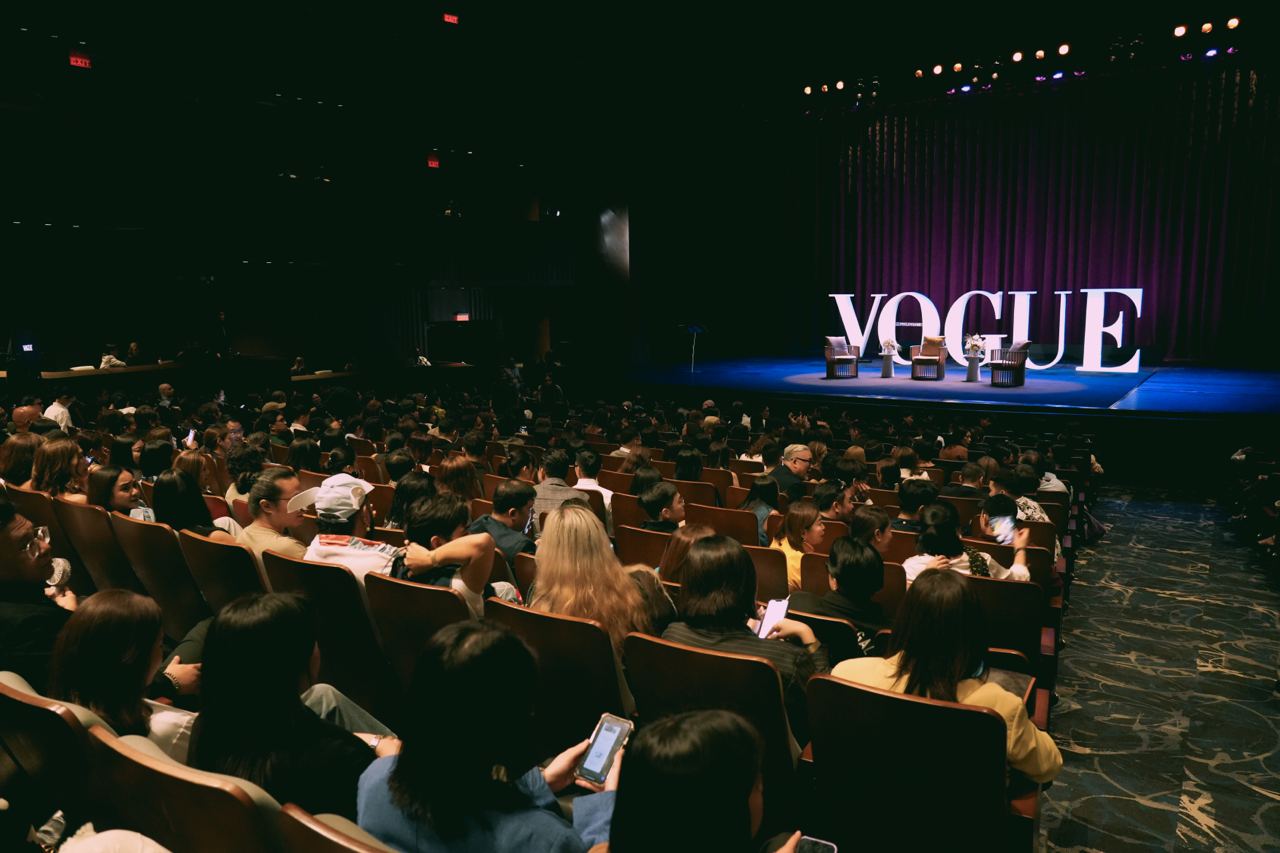
“I think there’s sometimes a misalignment between the values that Gen Z purports to have and the real actions and behaviors that they show when they buy clothes,” Imran comments. Sentiments of sustainability and justice may be leaving young people’s mouths, but do those values always translate into practice?
For instance, another prevalent yet niche issue in the thrifting and secondhand fashion scene is how people source finds from ukays and thrift shops only to resell them for higher prices. There’s also the question of are people actually buying secondhand because they want to champion sustainability or because it’s just more affordable, and they can hoard more for less? Different people make different choices for different reasons, but it’s important to question certain practices when it propagates harm against the environment and laborers themselves.
Even the culture of thrifting has shifted, with thrift shops becoming “gentrified,” with high demand leading to higher prices, when the very essence of the thrift shop is aligned with making clothing accessible to people in need.
With these rampant issues that affect people and planet, it’s pertinent now more than ever to be critical of not only the businesses we transact with or patronize, but also our own values and consumption habits, because these inform the way we engage with not just fashion, but also the world we are about to inherit.
“It’s gonna be interesting to see how, as this generation gets older,” Imran says. “They start to earn their own money, and maybe they can make different decisions about how they engage with fashion and where their money is going to be spent.”
Photos courtesy of Vogue Philippines & KLIQ.
Continue Reading: 3 Local Sustainable Fashion Brands Founded by Young Women
